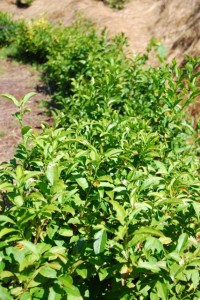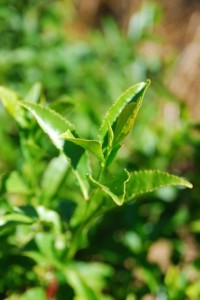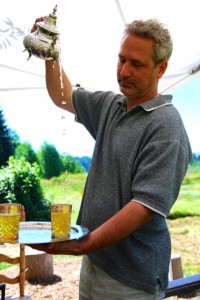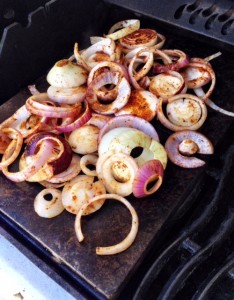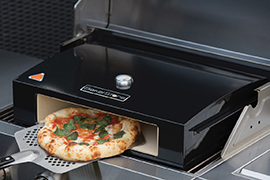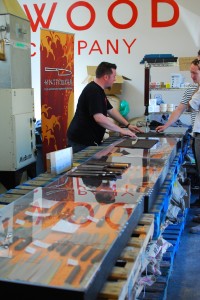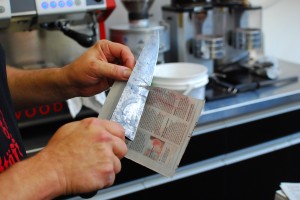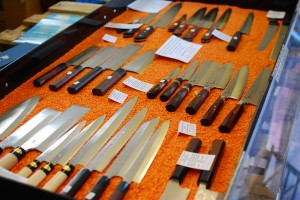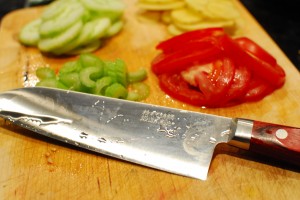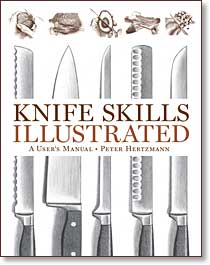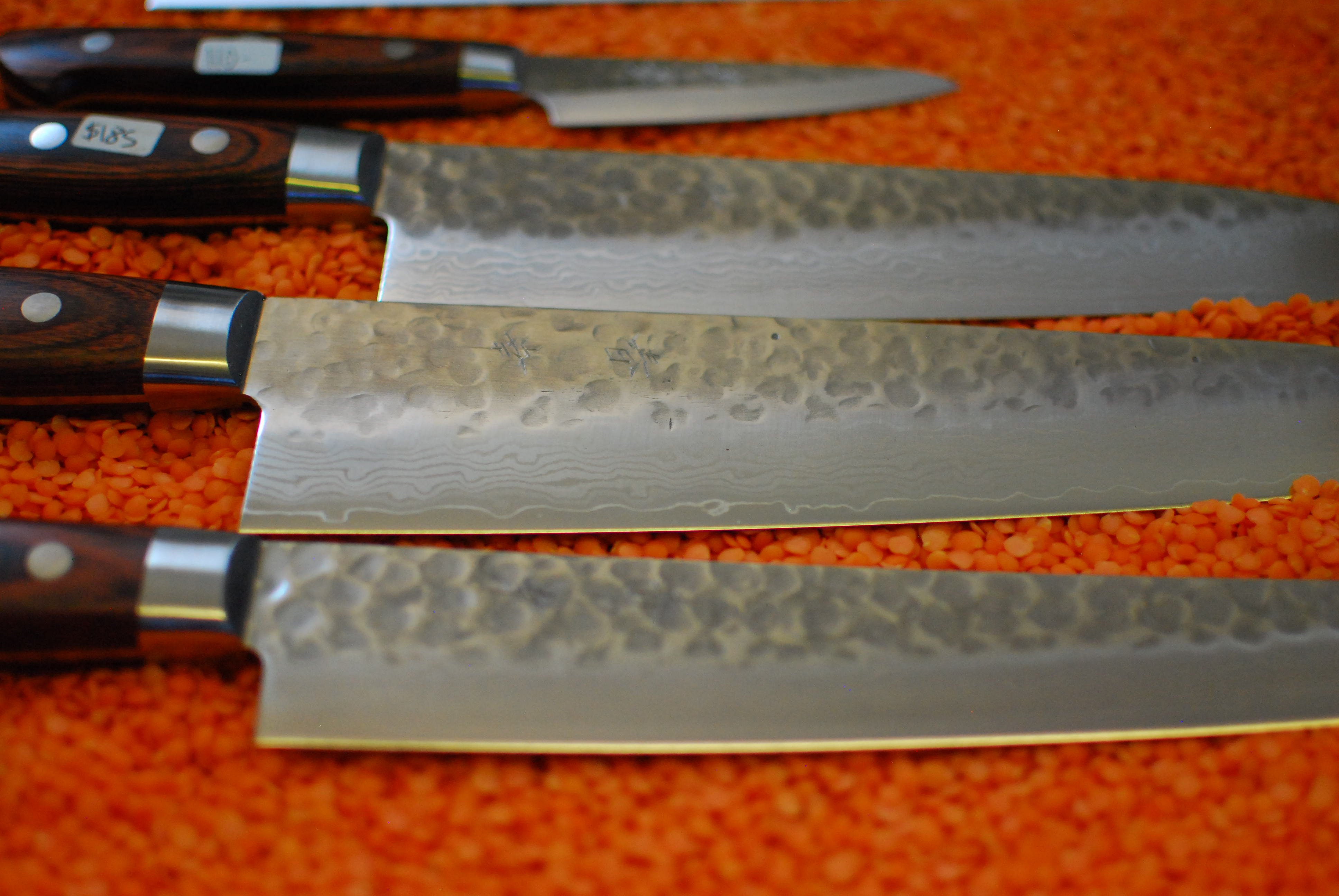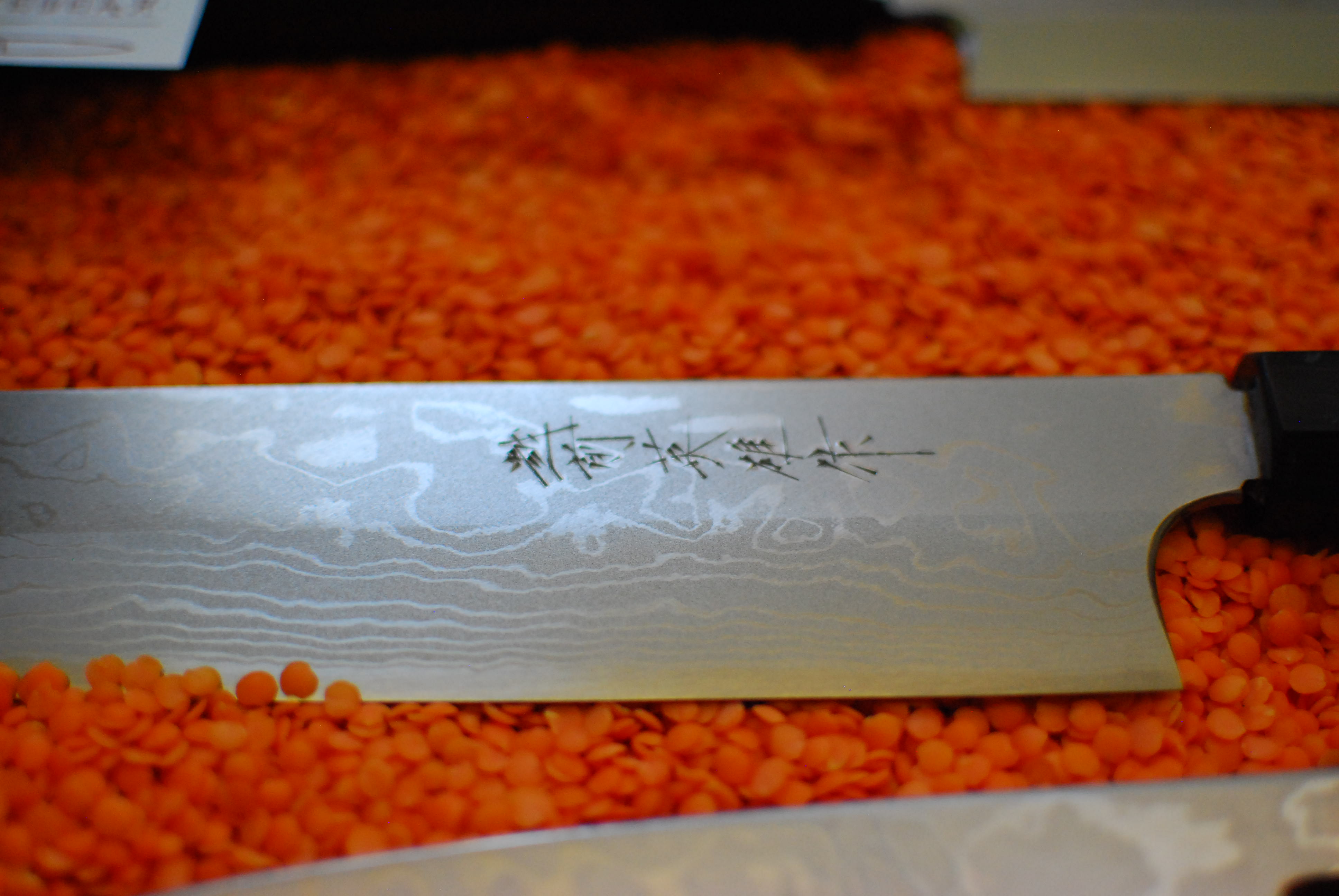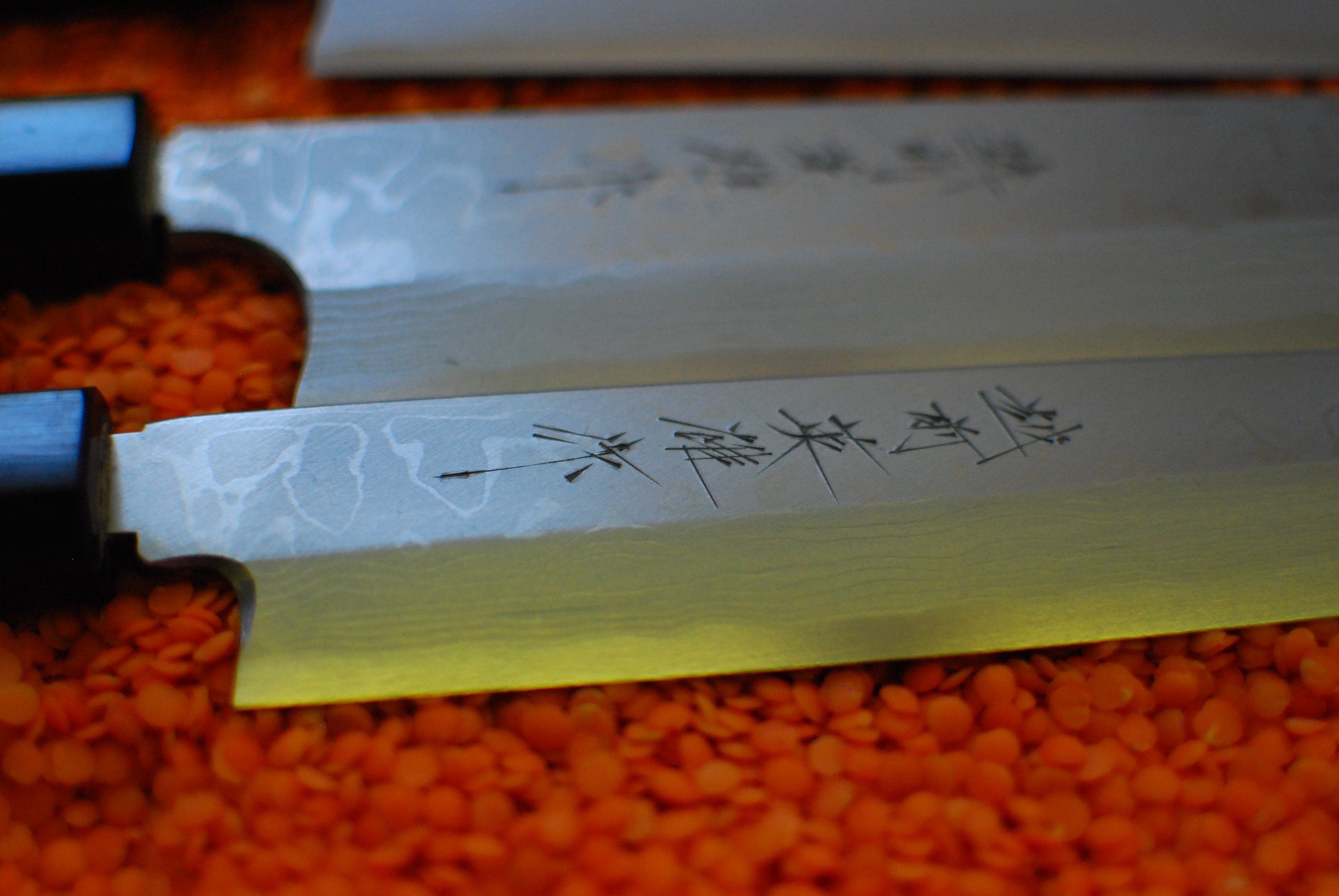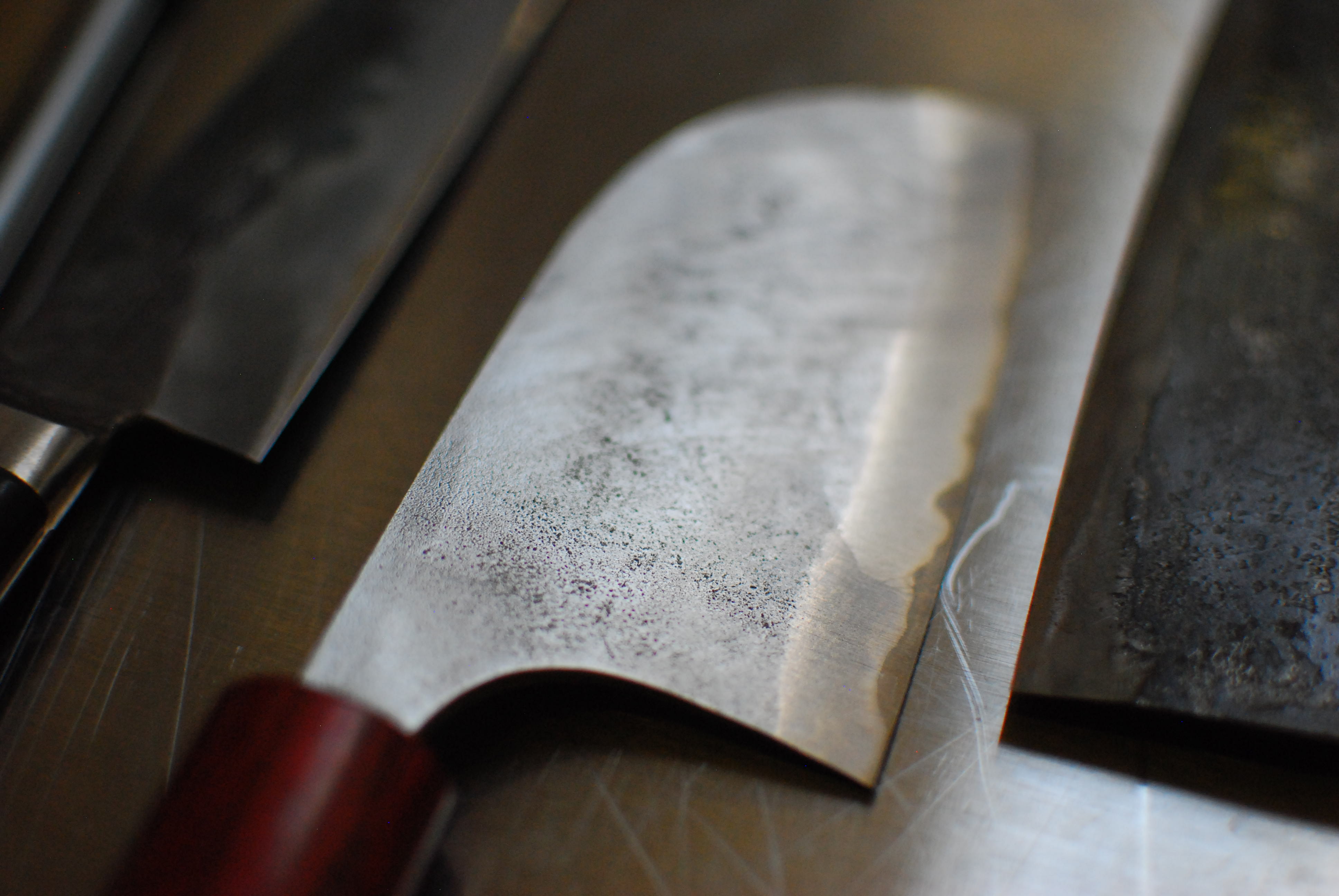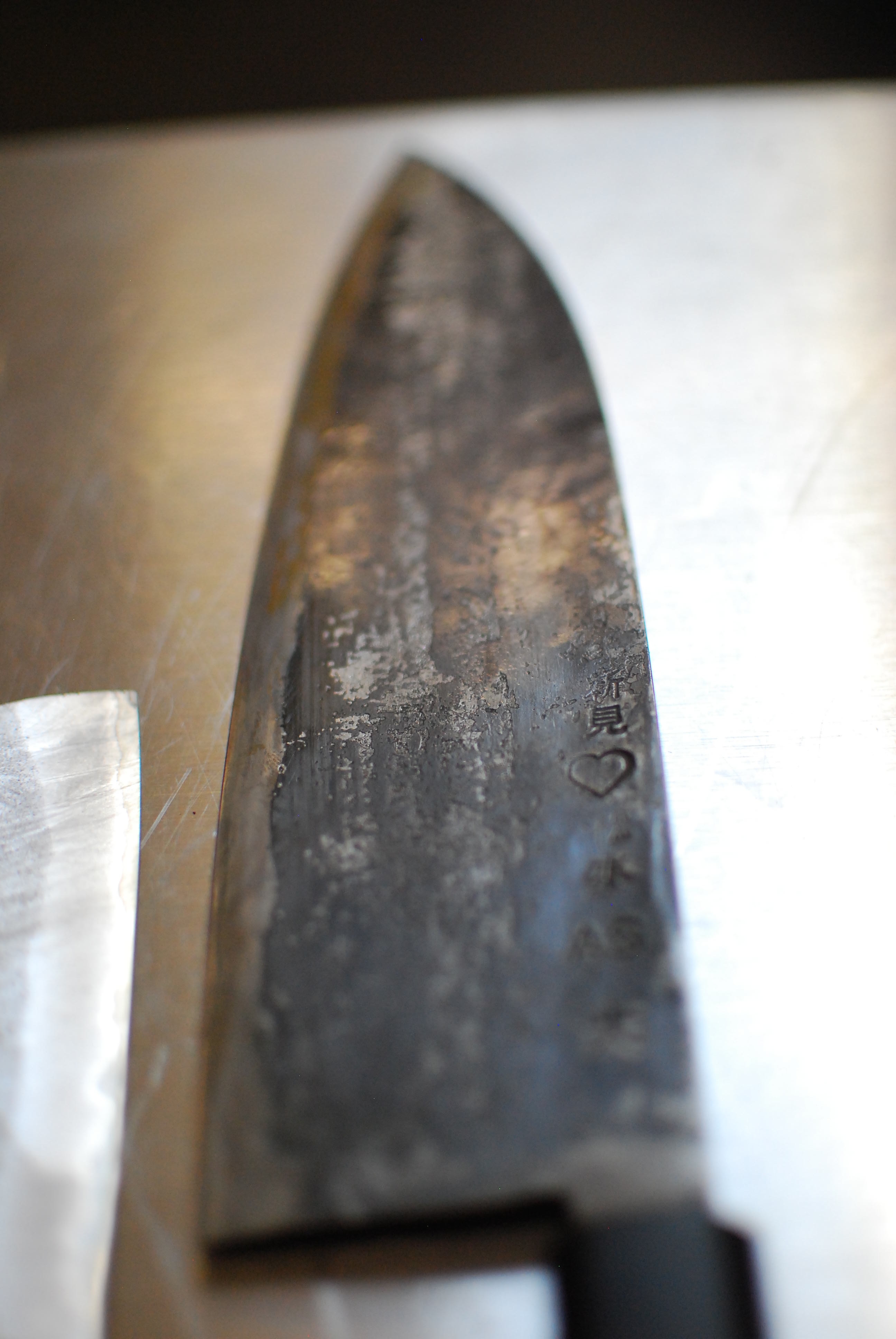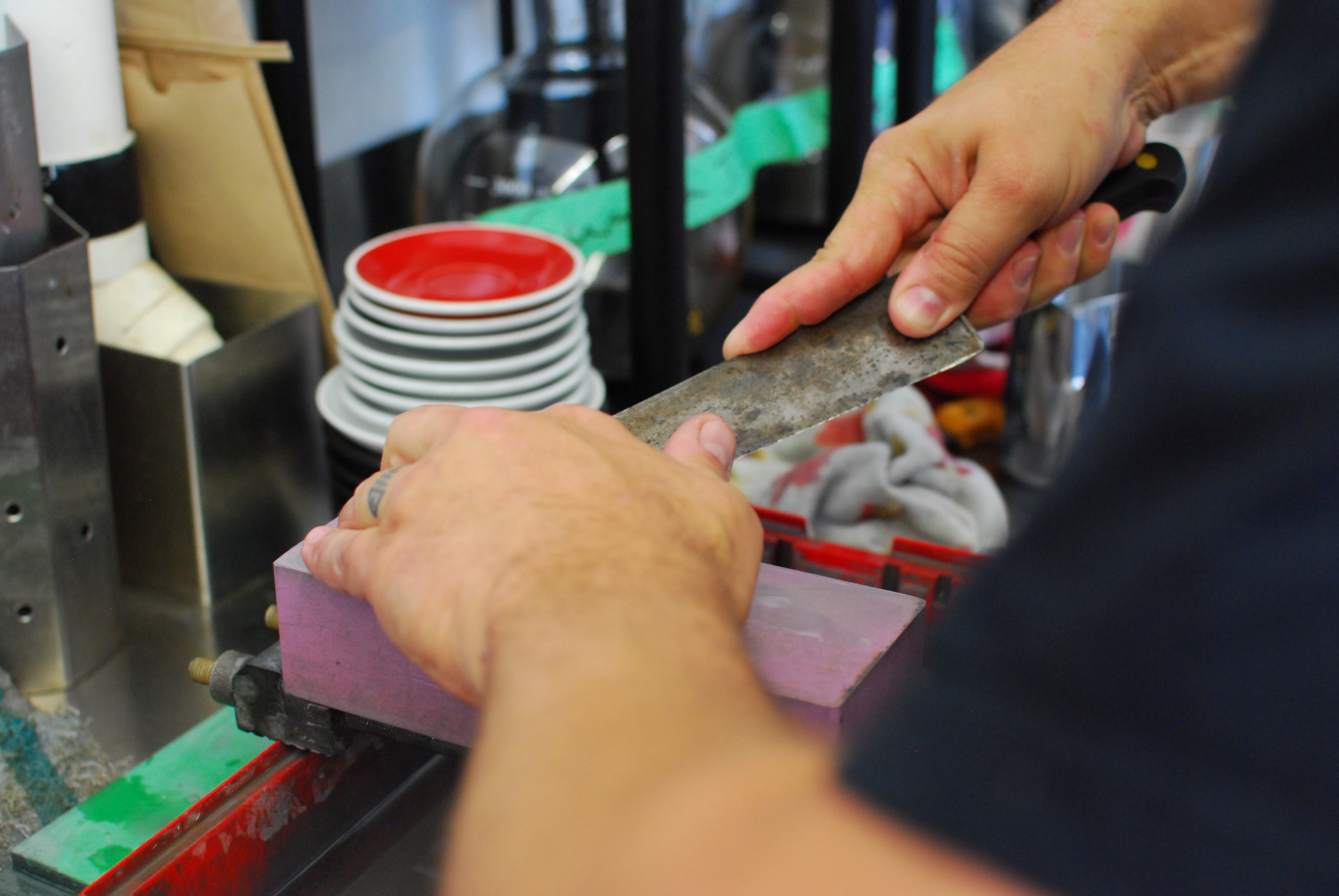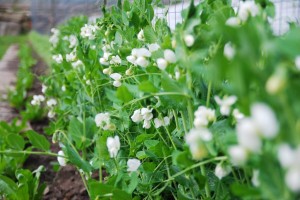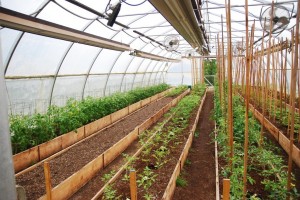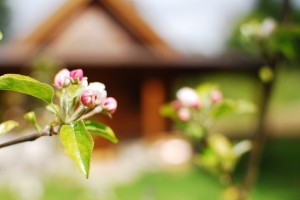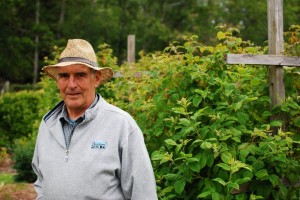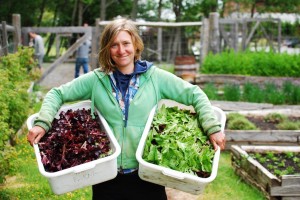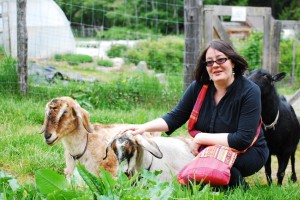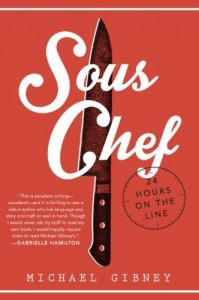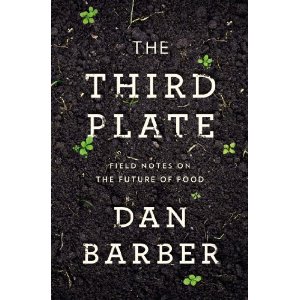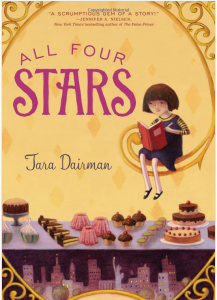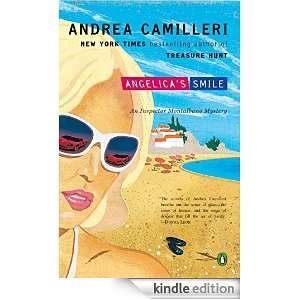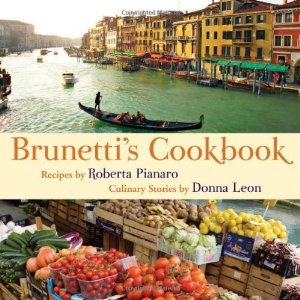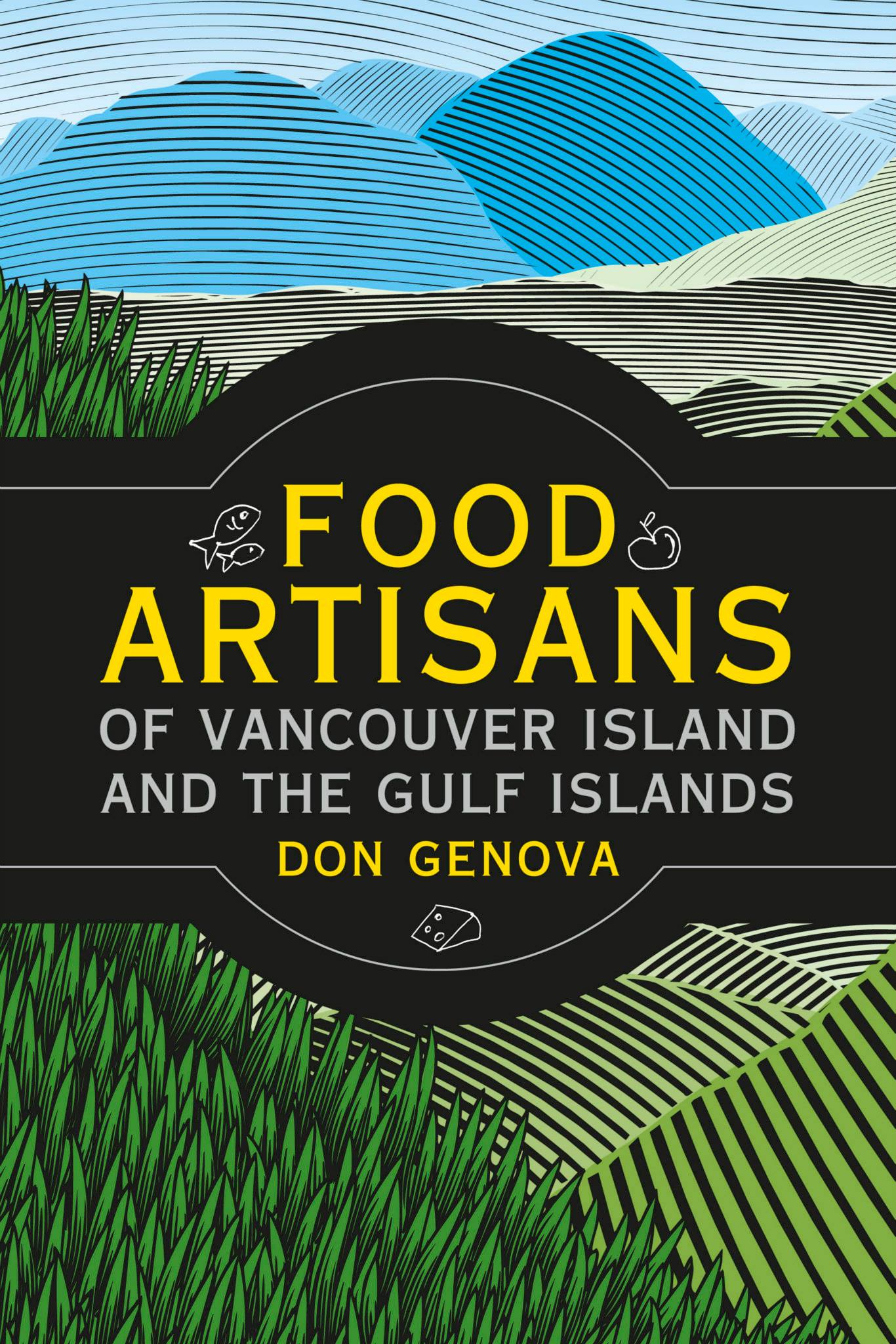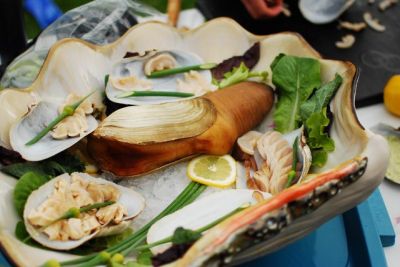 BC Shellfish
BC Shellfish
Mussels, clams, oysters, scallops and crabs…all important parts of the BC seafood economy, and all delicious parts of a healthy diet. But there’s a growing concern as to how these ocean products end up on our plates.
Last Wednesday night I went to the first of a series of Slow Food seafood events at The London Chef cooking school and cafe on Fort Street. On the menu, mostly BC shellfish and Dungeness crab, with London Chef Dan Hayes showing attendees how to cook these BC products with expert commentary on how they are produced and harvested by Dr. John Volpe, who leads the Seafood Ecology Research Group at the University of Victoria. After downing a variety of raw oysters we enjoyed a very simple dish Dan prepared of fresh, raw scallops, farmed at Qualicum Beach. Dan: “All you do is just slice them, add a little salt, olive oil, dried hot pepper and a squeeze of citrus. (in this case lemon juice) This is the base for a ceviche, but instead of letting the fish ‘cook’ in the lemon juice, serve it straight away.” The scallops were excellent, the sweet raw flavour still coming through loud and clear, augmented by the extra-virgin olive oil and lemon instead of being masked by it.
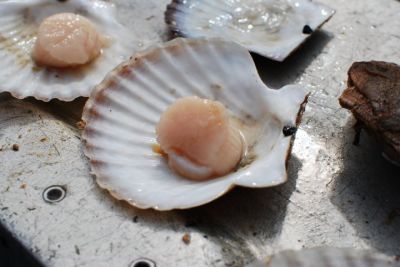 Farmed Scallops
Farmed Scallops
The scallop farming industry has been growing on the BC Coast, as has most of the shellfish aquaculture component. The oysters we had before the scallops are all called Pacific Oysters, but none of them were actually native to BC. John Volpe told us that the native BC oysters aren’t that conducive to being farmed, so growers specialize in a Japanese species that has naturalized itself here. All the different names of oysters and shapes you see are actually the same oyster species, but where and how they’re grown give them the different flavour profiles. The BC government has been supporting rapid growth in the farmed shellfish industry, and this can mean a great density of oysters being grown in small areas, and that’s something Dr. Volpe says we have to be careful with, because waste from the oysters can have detrimental effects on other plant and animal life:
 Farmed Oysters
Farmed Oysters
“Of particular importance are the eelgrass beds, they are really the nursery system for so many other species. In studying how oysters release a lot of nitrogen via their waste into the eelgrass beds they have a negative effect on them and end up being able to dominate that ecosystem.”
Dr. Volpe would like to see the provincial government pay a little more attention to densities in shellfish operations so problems like the one he described to us don’t grow along with the industry.
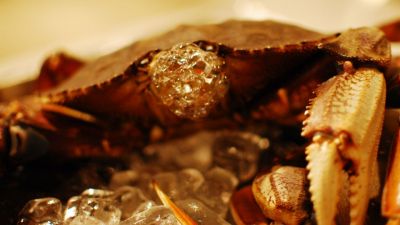 Dungeness Crab
Dungeness Crab
Dungeness crab is still on the really good list of BC seafood to eat. It’s a wild product, the harvest is very strictly controlled so that it has remained sustainable over the past few years. And the London Chef takes an interesting attitude with it…he likes the shell more than the meat:
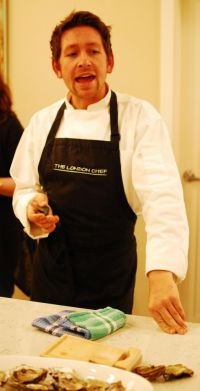 Dan Hayes
Dan Hayes
“So I like to break it up and saute the crab in a pan with some nice herbs, some butter and cream and that’s it. I want to have the flavour of the shell in my dish, instead of discarding it. With a nice sauce all the joy comes out of licking and sucking at the shell, and dipping some hot bread in the sauce, which I think is much more flavourful than just a chunk of meat.”
I think he’s right! But I’m not a huge fan of cream sauces so I’ve made up a black bean sauce instead using fermented black beans, green onions, garlic, ginger, some chilli sauce and a splash of white wine. (more details below) Later that evening we also enjoyed a big pot of mussels, simply steamed, and a delightful clam fettucine. While the mussels and clams are both farmed in BC, they are not BC species, mussels originate on the Atlantic coast and the Mediterranean, and they have transformed almost all the wild mussels in BC into somewhat of a hybrid of about four species, and the clams were Manila clams. While Dr. Volpe says while you shouldn’t stop eating these farmed products just because they didn’t originate in BC, you should be thinking about the overall impact we have on our ocean environments: “These farmed products that we’re eating tonight actually need a pristine, wild environment in which they can be farmed, so we have to think about how we treat those environments and how they interact together as we take advantage of these products.”
 Gooseneck Barnacles
Gooseneck Barnacles
The Slow Food Slow Fish series continues at the London Chef on March 29th with small fish and bycatch, with Chef Dan Hayes and Dr. John Volpe leading the way once again and then at a date still to be announced, it is Sea Things, Seaweed, Sea Urchins, Sea Asparagus and other sea things. Other sea things include the gooseneck barnacles pictured at right, which were on display only that night. The danger of red tide precluded any eating…and there is no commercial fishery for these barnacles, although there once was. (that’s another story) They are highly treasured in Spain, where I saw them a few years ago where they were priced at 39 Euros for one kilo!
Oh, if you live in the Victoria area and are interested in whether local restaurants and grocery stores offer sustainable seafood, there is a great little tool produced out of a Seafood Audit the Seafood Ecology Research Group did in 2010 in 29 Victoria-area restaurants and 10 grocery stores. The results are quite revealing!
To listen to this week’s Food Matters with me and Jo-Ann Roberts just click here.
And now the Crab with Black Bean Sauce recipe:
Ingredients:
1 fresh Dungeness crab, cleaned, body and legs separated into pieces
2 tbsp. vegetable oil
2 tbsp. fermented black beans, rinsed and minced
2 cloves garlic, minced
1-inch long chunk of ginger, minced
1 small shallot, peeled and minced
1 bunch green onions, green parts only, minced
1 tsp or more to taste sambalulek (hot chili paste)
1/2 cup white wine or sherry
chopped cilantro for garnish
Heat the vegetable oil over high heat in a large frying pan. Fry the black beans, garlic and ginger together for a few seconds, then add in the shallots and green onions, stirring until the shallots are translucent. Add in the hot sauce and the white wine, stir until the wine comes to a boil and then add the crab pieces all at once. Stir to coat all the crab pieces in the sauce, then cover and simmer until the crab is just cooked through. Serve in bowls with some of the sauce spooned over the crab and sprinkle with the chopped cilantro.

